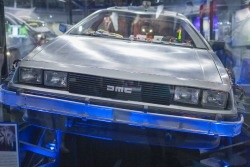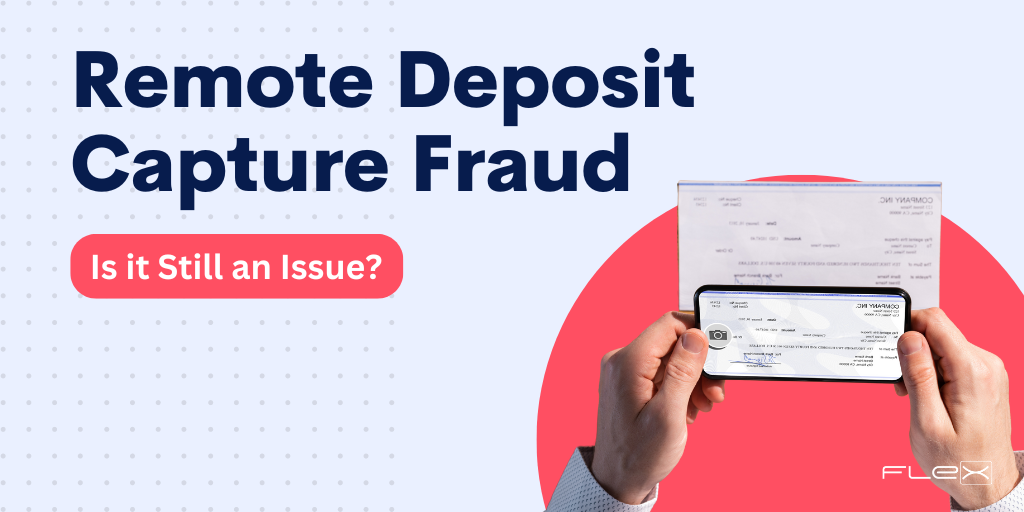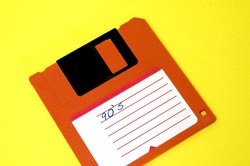Is your Check 21 stuck in the 20th Century?
In Back to the Future Part II, Marty McFly visits his future self, where cars fly and kids ride hovercraft skateboards. The year was 2015.
In October 2003, the Federal Reserve announced The Check Clearing for the 21st Century Act (or Check 21 Act). As we know today, the Check 21 Act took effect one year later, and even then most credit unions were left wondering how this act would benefit them. The year was 2004.
Most credit unions found themselves in the same situation after the announcement as they did before it: Sending their “paper checks” to a corporate credit union or bank for digital image processing and clearing. All of the advantages of check processing were realized by institutions that were processing the checks, not those receiving them.
So much for 21st century technology!
It would be several years before dedicated Check 21 processing systems would be used within credit union operations. During this time, much speculation ensued concerning reduced costs related to handling and processing fees, yet those impacts were not immediately realized, if at all.
What made matters worse was the expense of implementing Check 21 processing systems inside the credit union, only to be followed by the complications of interfacing systems and being limited to batch processing. Such processing added additional work to credit union daily ,and it is safe to say that duplicate work is never cost effective. Additionally, check images were stored on a separate database, which was generally not connected to member history on the core system. Sound familiar?

5 Reasons Check 21's Future is Now
Here are 5 reasons why most credit unions are stuck with 20th century technology for Check Clearing for the 21st Century:
- Teller capture: If you think about it, shouldn’t check images be captured at the time of the transaction? Why should you record the transaction only to later scan the check? Isn’t the mantra of 21st century technology simplicity and increased efficiency?
- Character recognition: Character recognition software is widely available today - just ask Siri (of course she is a millennial)! Companies such as Orbograph specialize in capturing handwritten check amounts and MICR lines. This eliminates a member service rep from ever having to input check amounts. Think time savings, especially with business deposits.
- Member History: Can you find your check deposit images in member history? Or are you required to search for those images within a daily batch posting? It should be argued that 21st century technologies allow for scanned images to be stored within account history. We certainly expect this to be the case when discussing remote deposit capture, why should it not be true outside of your mobile app?
- Automation: Are your cash letters automatically generated? Does your cash letter include remote deposit capture items? Can you separate ‘on-us’ checks from your cash letter? If not, it’s safe to say the 21st century has not yet arrived in your Check 21.
- Reduced cost: Integration that allows your credit union core processing system to communicate with your Check 21 processing system will remove redundant work, speed up processing and provide instant access to cash letter creation and history inquiries. 21st technology is not always inexpensive to acquire, but if it is done right it will pay for itself. This is the reason you’re not trading in your iPhone.
The year is now 2014. So it's time to get on board with 21st century technology in your Check 21 processing system, seeing as next year we will all be riding flying cars and skateboards.
Where we're going, we don't need roads...



